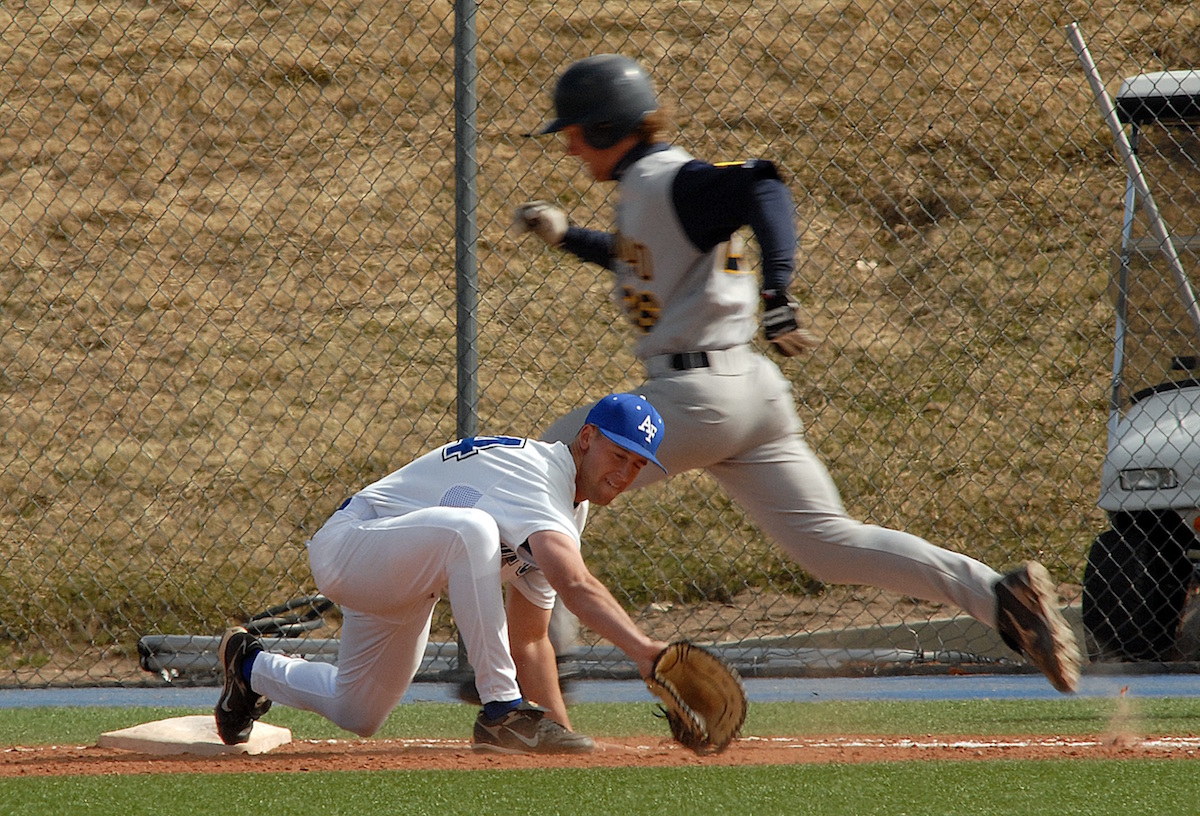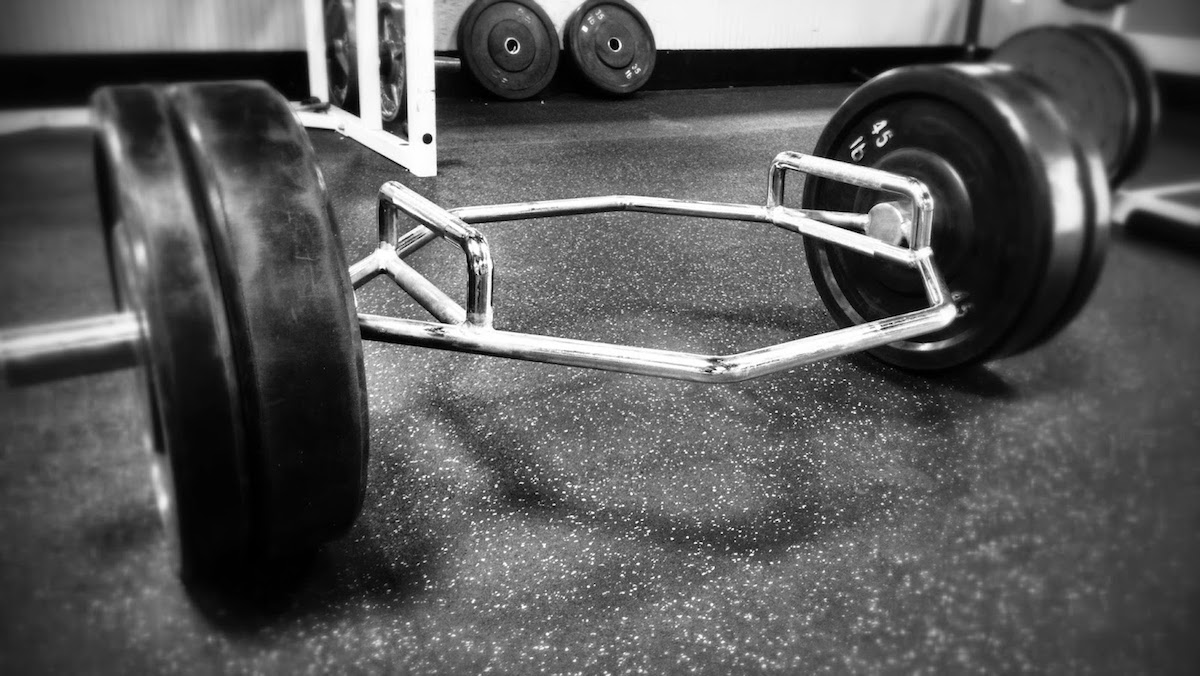Speed and agility are very important qualities for baseball players. In terms of offense, speed and agility get an athlete to first base or beyond. These qualities allow the athlete to advance to successive bases and eventually score. Defensively, these qualities are important for getting to the ball and being able to make the play. To an extent, these qualities also help to determine who is going to be successful at the various positions. This is going to be the first of several posts looking at speed/agility and baseball. This one will provide some background information. The next will provide a few drills for offensive/defensive speed and agility. The last one will be a sample program.
Offensive Play:
Running the bases is an obvious need for speed on the part of baseball players. If you can run fast, you have a better chance to get on base. Now, in professional baseball the bases are 90 feet apart. In t-ball they are 50 feet apart. For other age levels they are somewhere in-between. A professional baseball player can run to first base in something like 4.3 to 4.4 seconds (Coleman and Dupler 2005, Coleman 2007).
At best, baseball players are only running 90 feet in a straight line. Even if they are taking more than one base, they have to curve before resuming that straight line sprint. The argument goes that because they are only running 90 feet in a straight line, they are relying on their ability to accelerate. In other words, to a sprint coach they are primarily relying on frontside mechanics (knee up, dorsiflexed ankle, landing on the ball of the foot, pushing themselves along). In fact, Coleman and Amonette (2012) showed a strong correlation between professional baseball player’s speed from home to the foul line (i.e. “pure” acceleration) and their time from home to first base.
Once they are on base, baseball players need to be able to react to situations and move to the next base. This may mean studying the pitcher to determine if they are going to attempt a pick off or a pitch, changing directions to get back to the base or to steal. Once they make their decision, they have to execute their changing direction move quickly and commit themselves to executing their decision.
Defensive Play:
Successful defensive play requires an ability to move laterally quickly for fielding, an ability to sprint to sprint to the ball, and an ability to backpedal if necessary to get to the ball. In other words, while we think of speed and agility as being important for base running, it is also extremely important for defensive play. Speed allows defensive players to cover more ground during a play and allows for them to overcome any misjudgements that they may make with regards to the ball.
Mangine et al (2013) found that the proagility test and vertical jump power were strong predictors of fielding performance in professional baseball players. In another really interesting study, Oudejans et al (1997) found that “experts” are better able to judge what the ball is doing during catching situations and connect that information to an appropriate motor strategy.
Player Positions:
In a number of studies, Coleman (2001, 2005 2007) tells us that the faster baseball players are located in the middle of the field (short stop, second base, center field), this is followed by the corner positions (right field, left field, third base, first base) and this is followed by catchers and pitchers. Now, it needs to be noted that Coleman is always studying professional baseball players. This relationship doesn’t necessarily extend to all levels of baseball. In youth baseball, often the best all-around athletes are playing pitcher, middle infield, and first base. At younger levels it’s not unusual to have players able to play several positions during the course of a game. So while this information holds true for the minor leagues and major leagues, it should not necessarily restrict playing position at other levels of baseball.
References:
- Coleman, E. Running speed in professional baseball. Strength Cond J 29(3): 72-76, 2007.
- Coleman, AE. Target and recovery times for speed training in baseball. Strength Cond J 23(6): 7-8, 2001.
- Coleman, AE and Amonette, WE. Pure acceleration is the primary determinant of speed to first-base in Major-League baseball game situations. J Strength Cond Res 26(6): 1455-1460, 2012.
- Coleman, E and Dupler, TL. Changes in running speed in game situations during a season of Major League Baseball. JEPonline 7(3): 89-93, 2004.
- Mangine, GT, Hoffman, JR, Vazquez, J, Pichardo, N, Fragala, MS, and Stout, JR. Predictors of fielding performance in professional baseball layers. . Int J Sport Physiol Per8: 510-516, 2013.
- Oudejans, RRD, Michaels, CF, and Bakker, FC. The effects of baseball experience on movement initiation in catching fly balls. J. Sports Sci 15:587-595, 1997.




